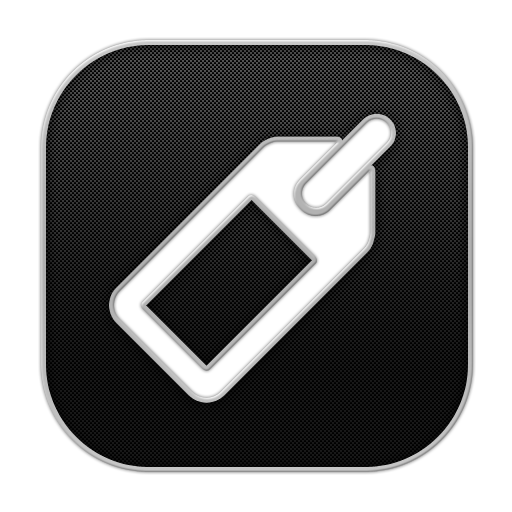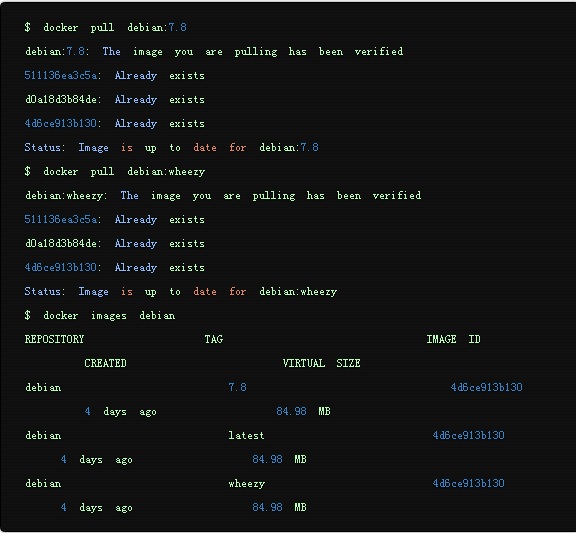Home >System Tutorial >LINUX >What is the role of latest tag in Docker?
What is the role of latest tag in Docker?
- WBOYWBOYWBOYWBOYWBOYWBOYWBOYWBOYWBOYWBOYWBOYWBOYWBforward
- 2024-03-05 09:52:221152browse
In Docker, the most easily misunderstood part should be the latest label. The confusion is mostly due to the name, as the literal meaning does not convey its true meaning. In this article, let’s learn what the latest tag really does and how to use it correctly.

There are usually two ways to tag the image: use the docker tag command or use -t to pass parameters when executing docker build. In both cases, the parameter is usually of the form repository_name:tag_name, for example: docker tag myrepo:mytag. If the repository is uploaded to Docker Hub, the name of the repository will be prefixed by the Docker Hub username and a slash, for example: amouat/myrepo:mytag. If no parameters in the tag part are added, for example: docker tag myrepo:1.0 myrepo, Docker will automatically give it the latest tag. You may already be familiar with the above content, but in fact, it only contains this content, and there is nothing magical about it.
You cannot think that this is the latest image in the resource library just because the image label is latest. Only if the owner of this resource library agrees, the image with the latest label must be the latest image. For example, I can easily change an outdated image into an image with the latest tag, for example:

The image with the latest tag here is the same as the image of version 0.9, which is two weeks ago, but the image of 1.0 is one minute ago.
Why this label confuses many people, it is actually easier to understand. ‘just pull the latest image’ does this sentence mean to get the image with the latest tag or to get the latest image? Are these two the same? Are they the latest images in the repository? Is it the latest stable version image or the latest development version image?
What's worse is that many people seem to think that the latest label will automatically update, which means that if I get an image with the latest label, Docker will check whether it is the latest version before each run. This will never happen, and like other tags, you need to manually decide whether Docker will get the latest version of the image.
The confusion doesn’t stop there. What happens if I docker pull an image from the repository without specifying a tag? If you think it will get all the images, you are wrong, it will only get the one with the latest label. If you need to obtain all images, you need to add the -a flag. What will happen if you perform a pull operation on the resource library without the latest tag? As follows:
$ docker pull amouat/myrepo Pulling repository amouat/myrepo 2015/01/21 12:04:06 Tag latest not found in repository amouat/myrepo
Unexpectedly, Docker gave an error message. But I don't think you know what's going on. One of the more annoying things is that the latest tag hides other tags. Suppose you want to download the debian image with the latest tag. Which version is it?
$ docker images debian REPOSITORY TAG IMAGE ID CREATED VIRTUAL SIZE debian latest 4d6ce913b130 4 days ago 84.98 MB
Um, I don’t know. In fact it is version 7.8 wheezy.

I think Docker should put all the tags when downloading the image, but I don't know why it doesn't do this. What happens now is that users can have different versions of the same image because they are labeled on the server. For example: If both wheezy and latest are updated on the Hub, and I only get the updated wheezy version debian, then although they can be distinguished on the Hub, my wheezy tag will be smaller than the local version of the latest tag. new.
The above only covers most of the semantics of latest and the common misunderstandings it causes. How can this situation be improved? Personally, I think the latest tag can be canceled and replaced with a word closer to its literal meaning, such as default. I'd also like to see some work on improving the way tags are created, such as updating all tags for an image at the same time. At the same time, I also strongly recommend that repository administrators be wary of the latest tag and abandon it completely.
The above is the detailed content of What is the role of latest tag in Docker?. For more information, please follow other related articles on the PHP Chinese website!

